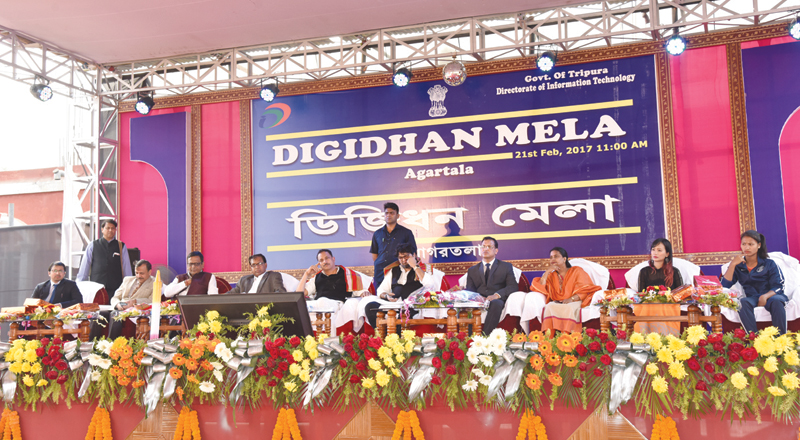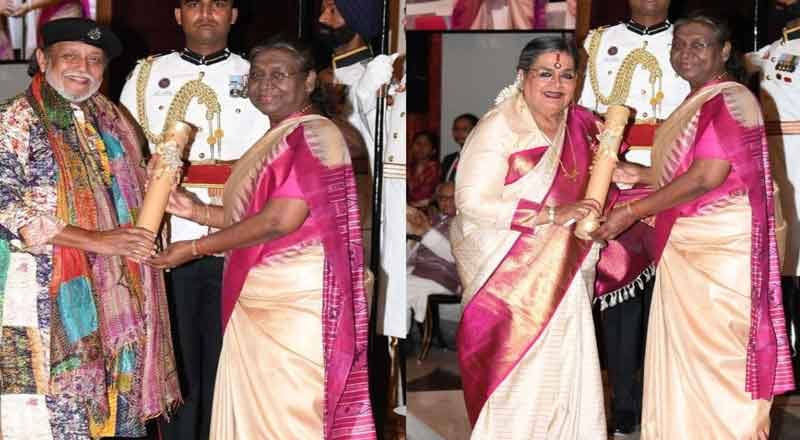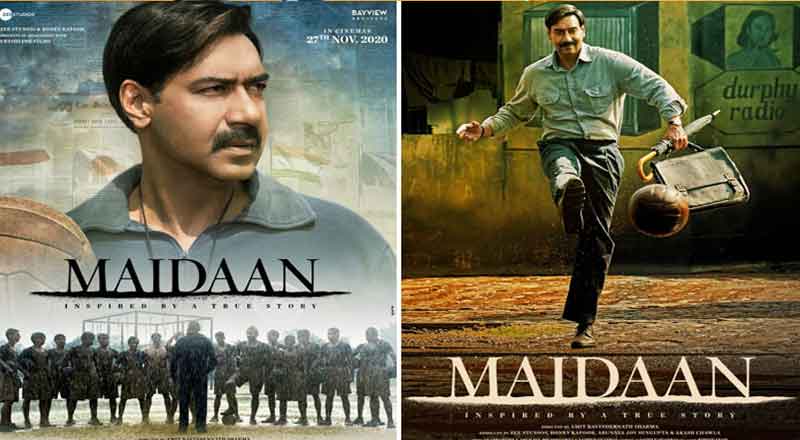NASSCOM Foundation provided volunteers from the IT-BPM industry to help citizens through DigiDhan Melas and free helpline service
India is a country where 95% of monetary transactions are cash based. On the night of November 8, the Prime Minister announced a complete ban on 1,000 and 500 rupee notes amounting to 86% of the currency, as a part of the government’s efforts to crack down on the parallel black money based economy, the country was left in a state of shock and panic.
A sudden move to a cashless economy left a major part of the population stranded – vendors who mostly dealt in cash, households with savings in cash, had nowhere to go. The unorganized sector was left scrambling to adjust to the changed policies. While on a macro level, these changes were being hailed as positive and transformative, the direct impact on the economy and the citizens of India was too large to be ignored.
The country went through a period of adjustment – long queues in front of the ATMs and banks became a common sight. A heavily cash dependent population was badly hit and there was a real scare of riots emerging because of this decision.
This is when the Government of India set up a quick crack team including its think tank – The NITI Aayog (earlier called Planning Commission of India), Ministry of Electronics and Information Technology (MeitY), nationalized and private banks, NASSCOM and NASSCOM Foundation, to contain this crisis. In less than a week’s time, the team came out with a ready action plan to handhold citizens switch to cashless transactions.
To get widespread public attention, large scale DigiDhan Melas (translated as Digital Money Fairs) were organized across 100+ cities with all banks and digital transaction players coming forward and showcasing their cashless solutions. NASSCOM Foundation, pitched in by providing volunteers from the IT-BPM industry through its MyKartavya (Meaning: My Duty) program to help the citizens visiting these fairs adopt at least one of the available solutions.
In its attempt to further amplify this initiative, NASSCOM Foundation created its own step by step, easy to understand curriculum for all categories of digital transactions including eWallets, Unified Payment gateways (UPI – Mobile app based payment solutions for direct bank account transactions), Debit cards, Aadhar (India’s Unique ID equivalent to Social Security Number in the US) enabled payment system and USSD (Unstructured Supplementary Service Data) and organized volunteer drives under ‘Each one Teach Ten’ pedagogy across various cities. The Foundation engaged with 2,000+ volunteers who in turn were able to train over 18,000 people on different cashless modes of transactions, with the numbers increasing as we speak.
Ministry of Electronics and IT also launched a free TV channel called ‘DigiShala’ (Classroom of Digital Learning and cashless financial transactions) and ‘Cashless India’ website to help the citizens get hands-on with cashless transaction tools. The Ministry, in partnership with NASSCOM has also floated a free helpline service with a toll free number – 14444, to help people complete their cashless transactions with ease. This helpline was able to resolve 300,000+ queries from across the country.
Owing to these efforts, by March 2017, the digital transactions had grown 23 times to 6.4 million amounting for Rs 24.25 billion and the situation had stabilized.
Today, even though cash still remains the single largest mode of transaction in India, people are much less dependent on it with the most underserved of the citizens knowing how to use an e-wallet or a debit card or a UPI app or similar digital transaction tools – A massive win for a country who is not just witnessing but living a digital revolution.
Shrikant Sinha
CEO
NASSCOM Foundation





